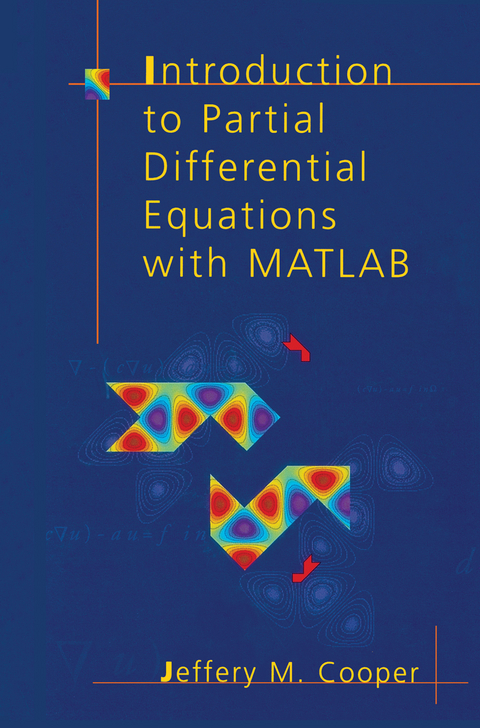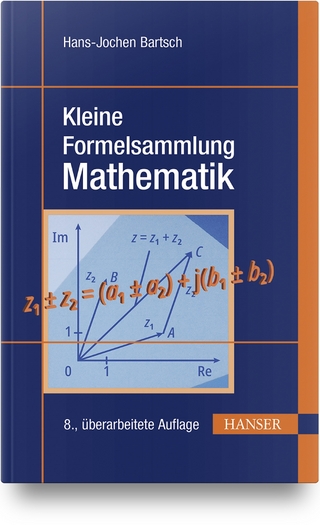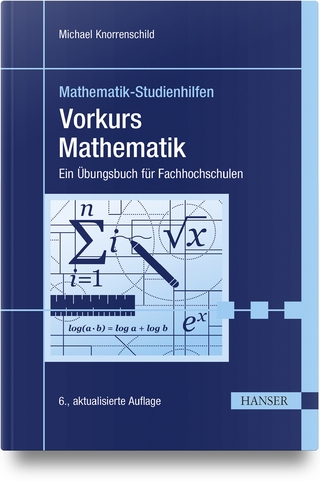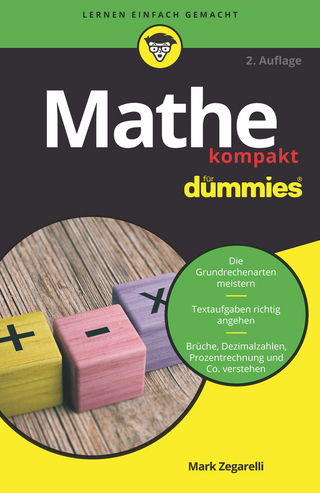
Introduction to Partial Differential Equations with MATLAB
Springer-Verlag New York Inc.
978-1-4612-7266-3 (ISBN)
Overview The subject of partial differential equations has an unchanging core of material but is constantly expanding and evolving. The core consists of solution methods, mainly separation of variables, for boundary value problems with constant coeffi cients in geometrically simple domains. Too often an introductory course focuses exclusively on these core problems and techniques and leaves the student with the impression that there is no more to the subject. Questions of existence, uniqueness, and well-posedness are ignored. In particular there is a lack of connection between the analytical side of the subject and the numerical side. Furthermore nonlinear problems are omitted because they are too hard to deal with analytically. Now, however, the availability of convenient, powerful computational software has made it possible to enlarge the scope of the introductory course. My goal in this text is to give the student a broader picture of the subject. In addition to the basic core subjects, I have included material on nonlinear problems and brief discussions of numerical methods. I feel that it is important for the student to see nonlinear problems and numerical methods at the beginning of the course, and not at the end when we run usually run out of time. Furthermore, numerical methods should be introduced for each equation as it is studied, not lumped together in a final chapter.
1 Preliminaries.- 1.1 Elements of analysis.- 1.2 Vector spaces and linear operators.- 1.3 Review of facts about ordinary differential equations.- 2 First-Order Equations.- 2.1 Generalities.- 2.2 First-order linear PDE’s.- 2.3 Nonlinear conservation laws.- 2.4 Linearization.- 2.5 Weak solutions.- 2.6 Numerical methods.- 2.7 A conservation law for cell dynamics.- 2.8 Projects.- 3 Diffusion.- 3.1 The diffusion equation.- 3.2 The maximum principle.- 3.3 The heat equation without boundaries.- 3.4 Boundary value problems on the half-line.- 3.5 Diffusion and nonlinear wave motion.- 3.6 Numerical methods for the heat equation.- 3.7 Projects.- 4 Boundary Value Problems for the Heat Equation.- 4.1 Separation of variables.- 4.2 Convergence of the eigenfunction expansions.- 4.3 Symmetric boundary conditions.- 4.4 Inhomogeneous problems and asymptotic behavior.- 4.5 Projects.- 5 Waves Again.- 5.1 Acoustics.- 5.2 The vibrating string.- 5.3 The wave equation without boundaries.- 5.4 Boundary value problems on the half-line.- 5.5 Boundary value problems on a finite interval.- 5.6 Numerical methods.- 5.7 A nonlinear wave equation.- 5.8 Projects.- 6 Fourier Series and Fourier Transform.- 6.1 Fourier series.- 6.2 Convergence of Fourier series.- 6.3 The Fourier transform.- 6.4 The heat equation again.- 6.5 The discrete Fourier transform.- 6.6 The fast Fourier transform (FFT).- 6.7 Projects.- 7 Dispersive Waves and the Schrödinger Equation.- 7.1 Oscillatory integrals and the method of stationary phase.- 7.2 Dispersive equations.- 7.3 Quantum mechanics and the uncertainty principle.- 7.4 The Schrödinger equation.- 7.5 The spectrum of the Schrödinger operator.- 7.6 Projects.- 8 The Heat and Wave Equations in Higher Dimensions.- 8.1 Diffusion in higher dimensions.- 8.2 Boundary valueproblems for the heat equation.- 8.3 Eigenfunctions for the rectangle.- 8.4 Eigenfunctions for the disk.- 8.5 Asymptotics and steady-state solutions.- 8.6 The wave equation.- 8.7 Energy.- 8.8 Sources.- 8.9 Boundary value problems for the wave equation.- 8.10 The Maxwell equations.- 8.11 Projects.- 9 Equilibrium.- 9.1 Harmonic functions.- 9.2 The Dirichlet problem.- 9.3 The Dirichlet problem in a rectangle.- 9.4 The Poisson equation.- 9.5 Variational methods and weak solutions.- 9.6 Projects.- 10 Numerical Methods for Higher Dimensions.- 10.1 Finite differences.- 10.2 Finite elements.- 10.3 Galerkin methods.- 10.4 A reaction-diffusion equation.- 11 Epilogue: Classification.- Appendices.- A Recipes and Formulas.- A.1 Separation of variables in space-time problems.- A.2 Separation of variables in steady-state problems.- A.3 Fundamental solutions.- A.4 The Laplace operator in polar and spherical coordinates.- B Elements of MATLAB.- B.1 Forming vectors and matrices.- B.2 Operations on matrices.- B.3 Array operations.- B.4 Solution of linear systems.- B.5 MATLAB functions and mfiles.- B.6 Script mfiles and programs.- B.7 Vectorizing computations.- B.8 Function functions.- B.9 Plotting 2-D graphs.- B.10 Plotting 3-D graphs.- B.11 Movies.- C References.- D Solutions to Selected Problems.- E List of Computer Programs.
| Reihe/Serie | Applied and Numerical Harmonic Analysis |
|---|---|
| Zusatzinfo | XV, 541 p. |
| Verlagsort | New York |
| Sprache | englisch |
| Maße | 155 x 235 mm |
| Themenwelt | Mathematik / Informatik ► Mathematik ► Allgemeines / Lexika |
| Mathematik / Informatik ► Mathematik ► Analysis | |
| Mathematik / Informatik ► Mathematik ► Wahrscheinlichkeit / Kombinatorik | |
| ISBN-10 | 1-4612-7266-1 / 1461272661 |
| ISBN-13 | 978-1-4612-7266-3 / 9781461272663 |
| Zustand | Neuware |
| Haben Sie eine Frage zum Produkt? |
aus dem Bereich


